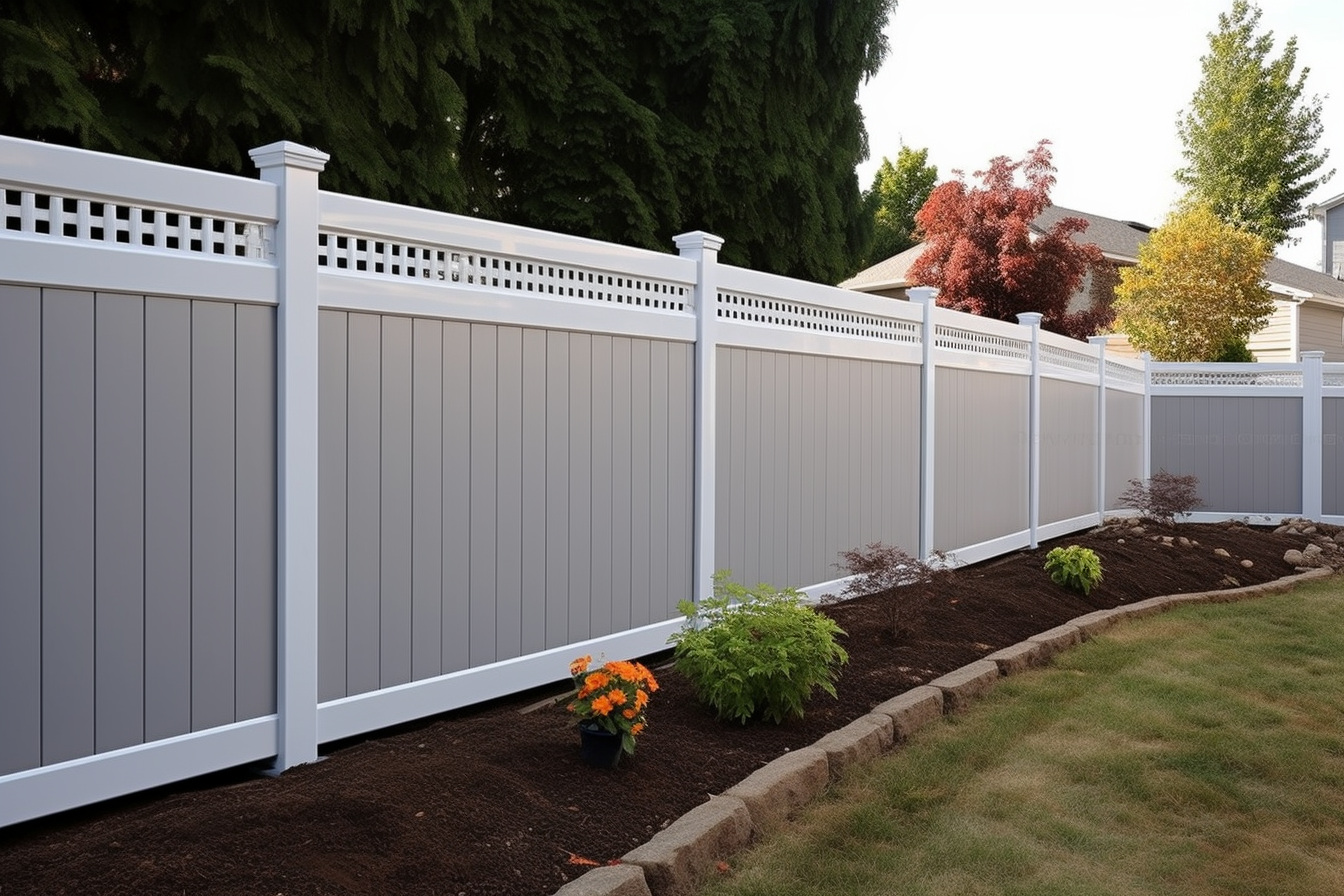Smart Garden Fences: Privacy, Security & Curb Appeal
A garden fence does more than mark property lines — it shapes how you use your outdoor space. Discover how the right fence provides privacy, boosts security, and enhances curb appeal. Compare wood, vinyl, and aluminum options, learn height and design tips, and get realistic cost guidance to choose the best fence for your yard.

A thoughtfully chosen garden fence can transform an outdoor area from merely functional into an extension of your home. Beyond defining property lines, the right fence delivers privacy, improves safety, and becomes an architectural element that complements landscaping and the house exterior. Whether you seek a secluded retreat, a child- and pet-safe yard, or an attractive boundary that frames your garden, material, height, and design decisions will influence appearance, upkeep, and long-term value.
Material options and what each brings
The substance you choose determines durability, maintenance, and overall aesthetic. Wood, vinyl, and aluminum are three of the most popular choices, and each has distinct advantages.
Wood offers a timeless, natural look that blends seamlessly with plantings and traditional architecture. It can be stained or painted to match trim colors, and it’s straightforward to customize during installation. Cedar and redwood are common selections because they resist rot and pests better than many softwoods. The trade-off is upkeep: wood typically needs periodic staining, painting, and occasional repairs to keep it in top condition.
Vinyl fencing has gained widespread appeal for its longevity and near-zero maintenance. Available in many styles and colors, vinyl can mimic painted wood without the need for sanding or regular repainting. It resists fading, cracking, and moisture damage, so its higher upfront cost often pays off over time through reduced maintenance expenses.
Aluminum delivers a sleek, modern appearance. Lightweight yet strong and inherently rustproof, aluminum is well suited for humid environments and coastal locations. Because it’s typically open in style, aluminum doesn’t provide solid visual privacy but is ideal for defining edges, preserving sightlines, and creating decorative perimeter fencing that keeps the view intact.
Choosing the right height
Fence height directly affects privacy, security, and proportion. Most residential fences range from about 3 to 8 feet, though local ordinances can limit what you can build — always check municipal rules before starting.
For purely decorative edging and subtle separation, a 3- to 4-foot fence keeps the space feeling open while marking boundaries. If you need secluded space for hosting, a pool area, or family privacy, plan on 6 feet or taller to block sightlines and help reduce noise. Bear in mind scale: a very tall fence may overpower a small yard, while a short fence can appear out of place next to a large home. Consider the overall balance with landscaping and architecture when selecting height.
Seamless ways to blend a fence into the landscape
Think of your fence as part of the garden’s composition rather than just a barrier. Training vines and climbers such as clematis, climbing roses, or jasmine on panels will soften hard lines and can create a living privacy screen over time. Similarly, combining materials — for example, wood panels with stone piers or metal trim — adds texture and visual interest.
Design details such as lattice inserts, alternating panel heights, or laser-cut motifs allow personality without sacrificing function. Lighting also enhances both usability and ambiance: solar post caps, LED strips, or strings of bulbs along the top rail extend enjoyment into evening hours. When using powered fixtures, plan wiring and safety access during installation.
Cost guidance and budgeting
| Material | Average Cost per Linear Foot | Pros | Cons |
|---|---|---|---|
| Wood | $15 - $30 | Natural appearance, customizable | Requires periodic maintenance |
| Vinyl | $20 - $40 | Low maintenance, durable | Higher upfront cost |
| Aluminum | $25 - $45 | Rust-resistant, long-lasting | Offers less visual privacy |
Prices, rates, or cost estimates mentioned in this article are based on the latest available information but may change over time. Independent research is advised before making financial decisions.
When estimating total expenses, include more than just materials. Labor, permits, gates, decorative posts, concrete footings, and site preparation can substantially raise costs. Challenging conditions — steep slopes, rocky soil, or limited access — increase installation time and contractor charges. To secure a realistic budget, request several detailed quotes from local fencing professionals and ask for line-item breakdowns.
Maintenance, lifespan, and practical tips
Maintenance requirements vary by material. Wood is visually appealing but needs routine treatments to guard against weather and insects; boards may warp or split over years without care. Vinyl and aluminum are easier to maintain: vinyl generally needs only occasional cleaning, while aluminum resists corrosion and requires minimal attention beyond cosmetic touch-ups.
Consider long-term value: spending more upfront on low-maintenance materials often reduces lifetime costs in time and money. Match material to environment — coastal properties fare better with aluminum or high-grade vinyl, while inland sites with mature trees and a rustic aesthetic may suit wood.
Before finalizing plans, verify local codes for allowed fence heights and setback requirements. If your property shares a boundary, discuss plans with neighbors to avoid disputes and coordinate styles if desired. Finally, factor in gates and hardware: a well-built gate with quality latches improves security and daily usability.
A garden fence should balance practicality with appearance. By weighing durability, maintenance, and local regulations, and exploring design touches that integrate with your landscape, you can choose a fence that protects your yard, enhances privacy, and elevates curb appeal for years to come.






